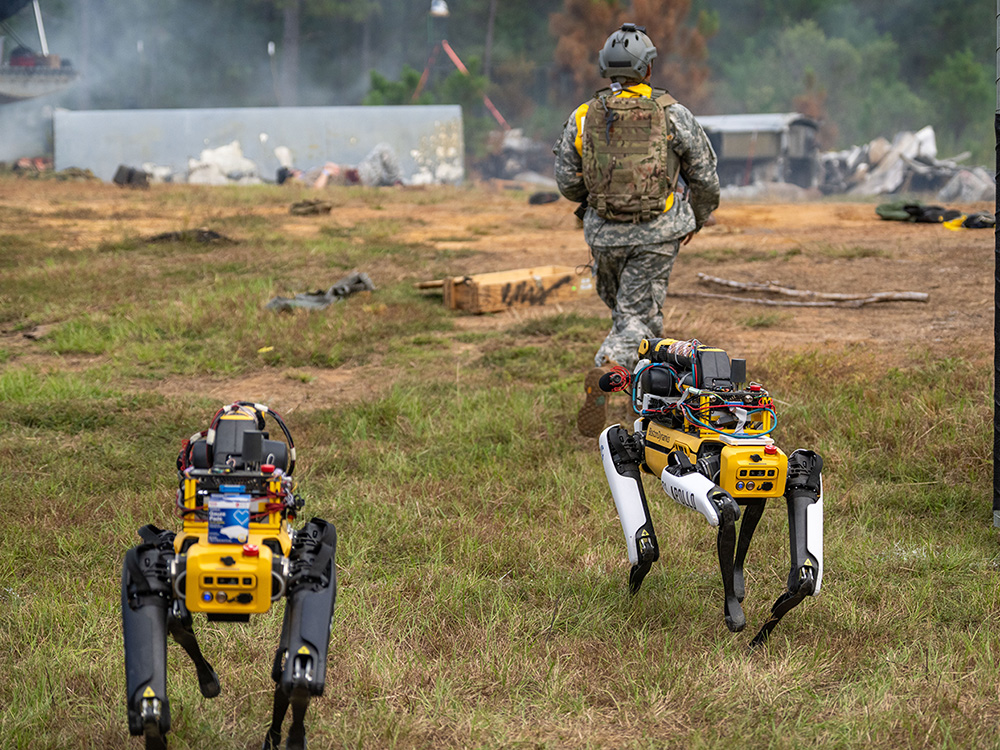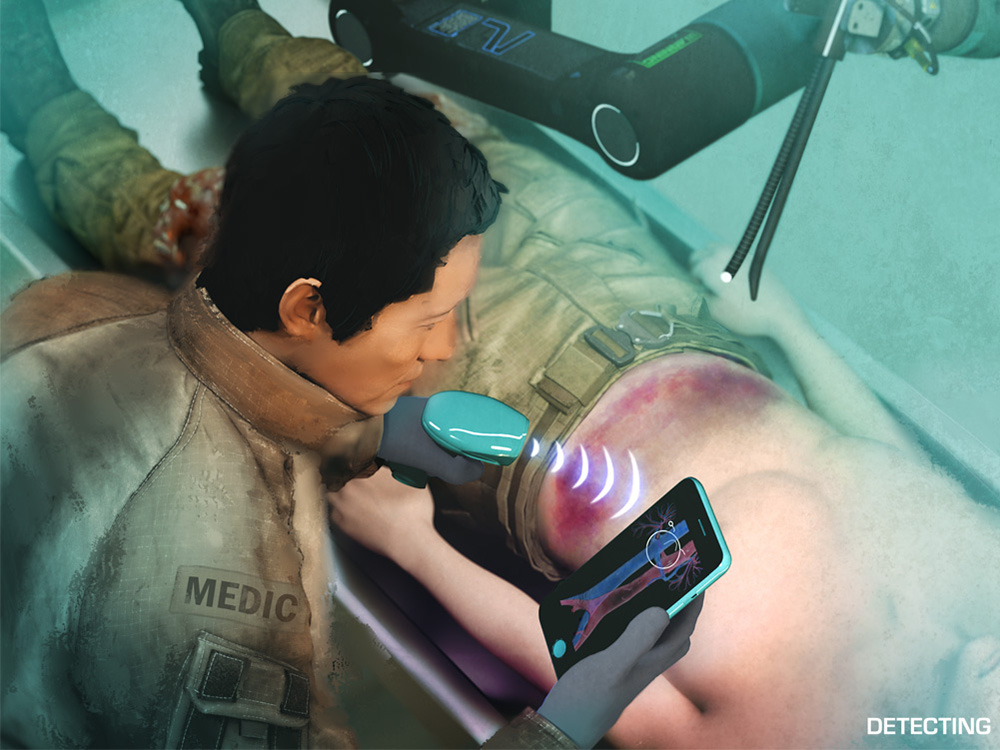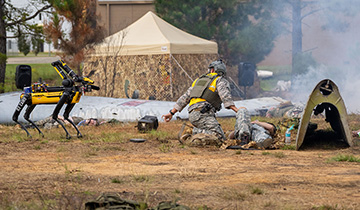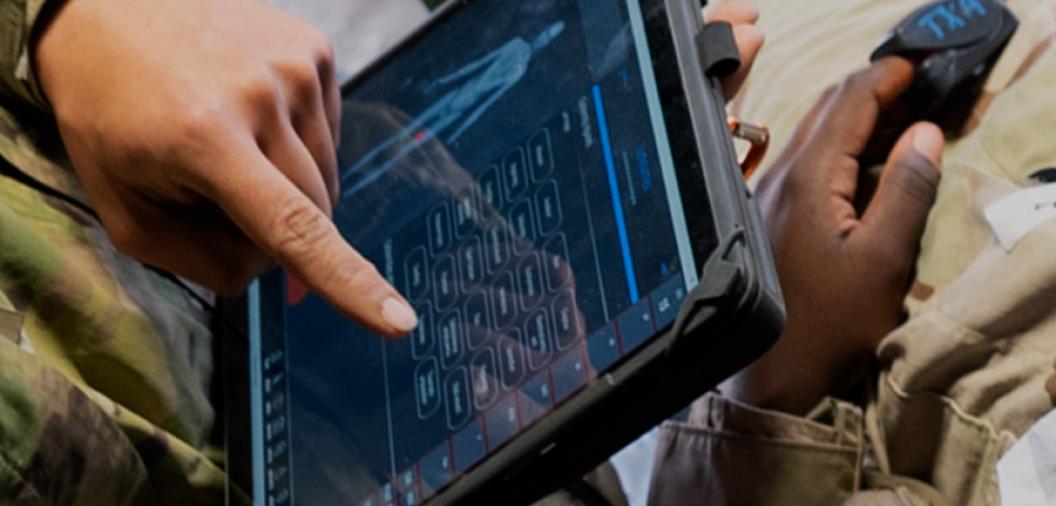About the Biological Technologies Office
The Biological Technologies Office (BTO) leverages biological properties and processes to revolutionize our ability to protect the nation’s warfighters. BTO harnesses advances in artificial intelligence (AI) and machine learning (ML) to create new opportunities for transformative science across the biological spectrum.
Warfighter health and well-being are critical to mission success. BTO develops diagnostic and assessment systems to identify chemical and biological threats, medical countermeasures, and novel approaches to tactical care and warfighter performance and recovery on and off the battlefield.
BTO also leverages biological processes, technologies, and manufacturing opportunities to create resilient infrastructures and supply chains, protective solutions, and innovative sensors to ensure mission success in any location.
Thrust Areas
Data Factories
We develop foundational technologies to simulate and predict biological systems and outcomes (simulation, foundation models, data generation):
- Generate: Vastly improving the quality and quantity of biological data while reducing costs; increasing speed and automation of cloud labs.
- Understand: Exploring the state of the art and enlisting stakeholders to construct necessary research portfolio.
- Simulate: Enabling sequence to function and function to sequence that underpins whole cell modeling and cell-cell interactions.
Combat Casualty Care
We explore solutions for warfighter readiness, health, and recovery, including medical countermeasures, diagnostics, health IT, and medical devices:
- Optimize: Ensuring peak warfighter performance, both physical and cognitive, throughout all phases of a mission.
- Prevent: Protecting warfighters from any threat and advancing capabilities on the battlefield for immediate injury treatment.
- Restore: Creating biotechnological approaches to provide tactical care and restore function to injured warfighters.
Logistics
We develop solutions to support mission success, including, for example, fibers for garments and distributed forward manufacturing:
- Do: Creating solutions that increase operational resilience and logistic security.
- Make: Utilizing the advantages of biology to enable point-of-need production or strengthen existing supply chain for critical commodities.
Strengthen: Providing technologies that harden operations against disruption and expand capabilities in the field.
Research Spotlight
Transforming battlefield casualty care: Critical steps of tactical combat casualty care that bridge the gap between injury on the battlefield and arrival at surgical care. | Learn more
Challenge
DARPA Triage Challenge: Transforming how medical responders triage in mass casualty incidents. | Learn more
Leadership
BTO Technical Office leadership is responsible for guiding and overseeing the research and development activities within specific technical areas DARPA.
Opportunities
Opportunities to engage include R&D programs and efforts, challenge competitions, and technology transition efforts for the Biological Technologies Office. | See all DARPA Opportunities | RSS feed for Opportunities
Use these filters to narrow your results by research topic or date. Search by keyword to find your specific BTO opportunity.
Search our Programs
Use these filters to narrow your results by research topic or status. Search by keyword to find your specific BTO program.
Brightest Minds in Science and Engineering
Our BTO program managers are visionary leaders whose experience spans industry, government, and academia. They conceive, plan, and oversee the high-risk R&D efforts for which we are best known. | See all DARPA program managers
Search our Program Managers
Use these filters to narrow your results by research topic or date. Search by keyword to find a specific BTO program manager or their research interests.
News

DART and MSAI triumph at DARPA Triage Challenge
In Challenge Event 2, teams drive mass casualty tool advancements, facilitate robot-medic teaming demonstrations.

Sensor-guided robots could boost lifesaving combat casualty care
New program aims to use robots to locate and stop severe bleeding in the torso with only limited direct human assistance.

DARPA seeks innovative solutions to defend agriculture against threats
To develop novel capabilities for defending agriculture, BTO is soliciting innovative ideas through a new initiative, Ag x BTO.



